All products featured are independently chosen by us. However, SoundGuys may receive a commission on orders placed through its retail links. See our ethics statement.
Headphone driver types: Which one's just right?
November 4, 2024
Shopping around for headphones can be confusing, and there’s lots to consider. Should you get on-ear headphones or in-ears? Open back or closed back? Should you get Bluetooth, wired, or both? While there’s plenty of reading on those questions, we’re here to give you a quick and easy breakdown of the different headphone driver types: dynamic, planar magnetic, electrostatic, balanced armature, and MEMS.
Editor’s note: this article was updated on November 4, 2024, to update the information about MEMS speakers.
What is a headphone driver?
A headphone driver is the raw speaker component that drives the air. This movement creates pressure waves, resulting in sound in your ear canal. It’s a component that converts electrical energy into acoustic energy, also known as a transducer. A driver serves the core function of loudspeakers and headphones, producing the sound you hear. As the varying sizes of headphones and earbuds show, drivers also differ in size considerably.
Dynamic drivers
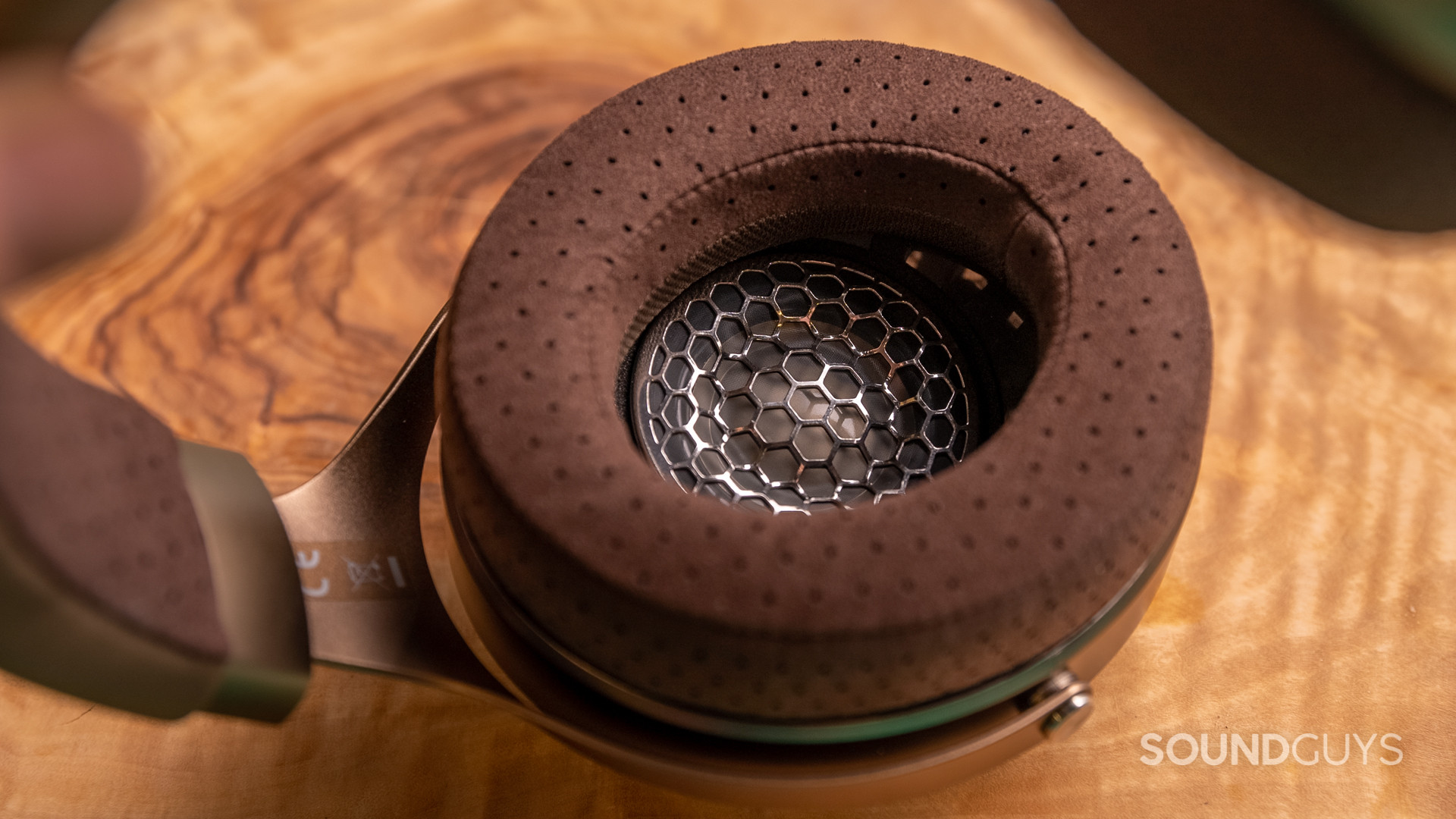
- Most affordable driver type
- Compact and lightweight
- Fairly robust
- Not the absolute best in terms of sound reproduction
Most headphones use dynamic drivers, also known as moving coil drivers. A fixed magnet creates a static magnetic field. This interacts with the voice coil’s electrical current, which is forced to move back and forth with the applied signal. The voice coil is attached to a membrane, or diaphragm, which acoustically amplifies vibrations and, thus, sound waves are produced.
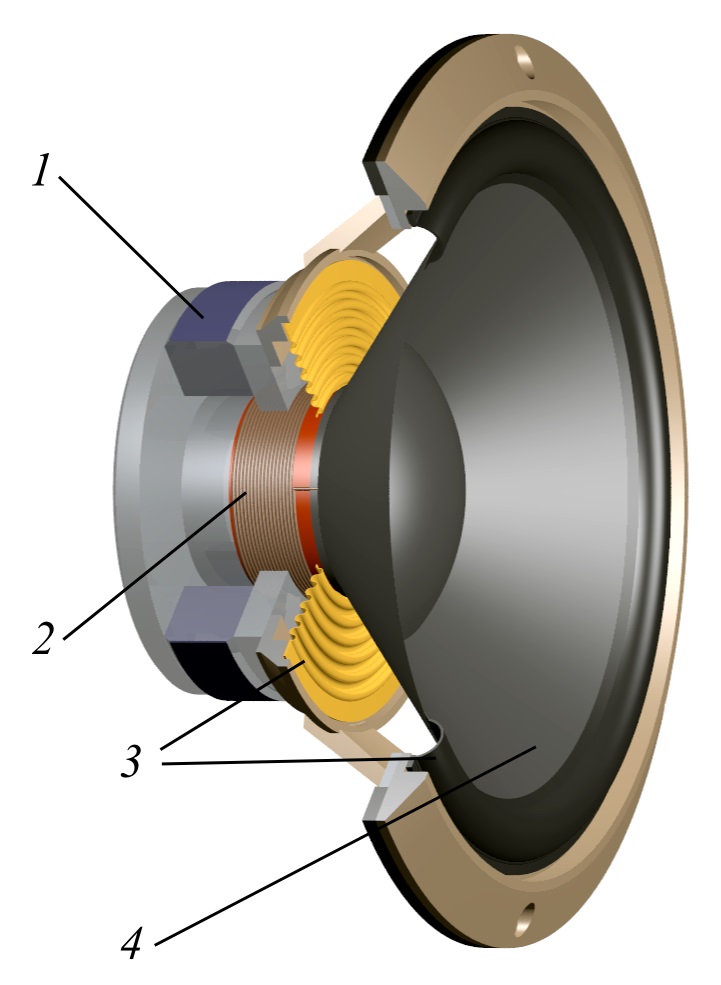
How do dynamic drivers affect my music?
Although the basic moving coil concept hasn’t changed much in close to 100 years, it has been refined considerably. Dynamic drivers will, however, be prone to limited bandwidth and dynamic range due to resonances and power compression.
Variations in dynamic driver sound quality can be attributed to different materials used and the compromises made in the design.
In terms of performance, they’re not bad — there are plenty of affordable models — but better sound quality can be found if you’re willing to spend.
Planar magnetic drivers
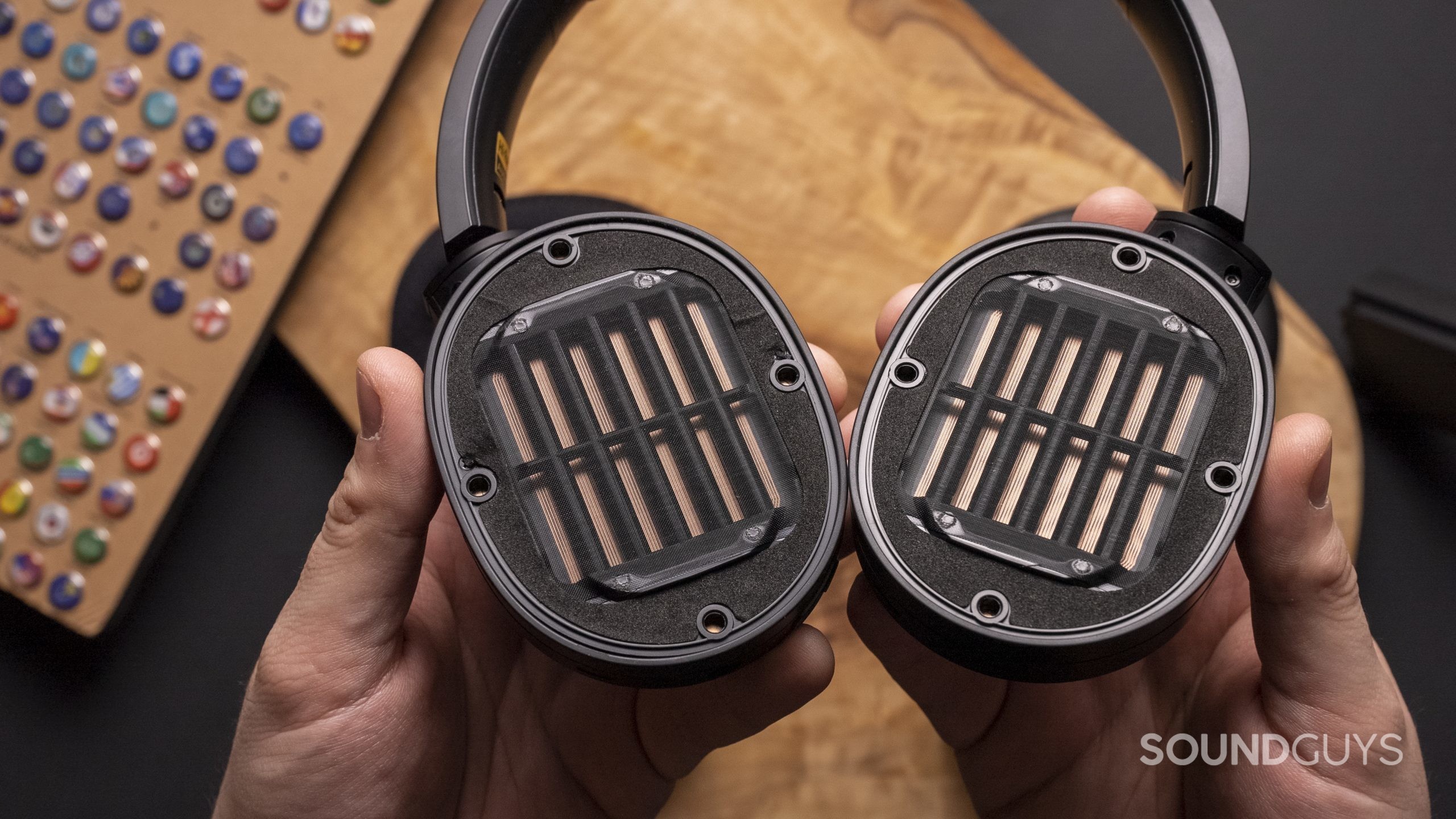
- Lower distortion
- More accurate sound reproduction
- More expensive
- Headphones with planar magnetic drivers tend to be heavier than those with dynamic drivers
Headphones that use planar magnetic drivers sport a distinct look: the inside of the ear cups features a rectangular rather than elliptical opening. Although planar magnetic drivers are typically found in open-back, over-ear headphones, there are also examples of in-ears using them. Some manufacturers use their own names for this technology: “magneplanar,” “isodynamic,” or “orthodynamic” all refer to planar magnetic headphones.
The basic principle of operation for planar magnetic drivers is the same as the dynamic driver: an electrical conductor moves between fixed magnets as an audio signal is passed through it. Rather than a coil attached to a conical diaphragm, the planar magnetic driver’s conductor is laid out in a 2D pattern and attached to, or embedded in, a film-like diaphragm that can be made extremely flat. Multiple magnets are laid out on both sides of this diaphragm, producing a uniform magnetic field where it stays.
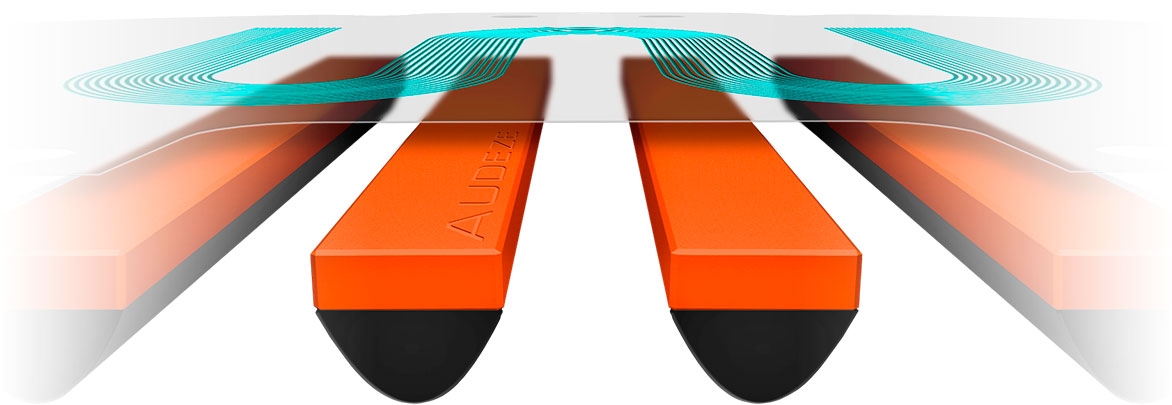
Due to the more complex structure of the motor system and large diaphragm, these models often cost more, are heavier, and are less efficient, meaning they require more power to be driven. In other words, many planar magnetic headphones need an amplifier to drive them to adequate levels.
How do planar magnetic drivers affect my music?
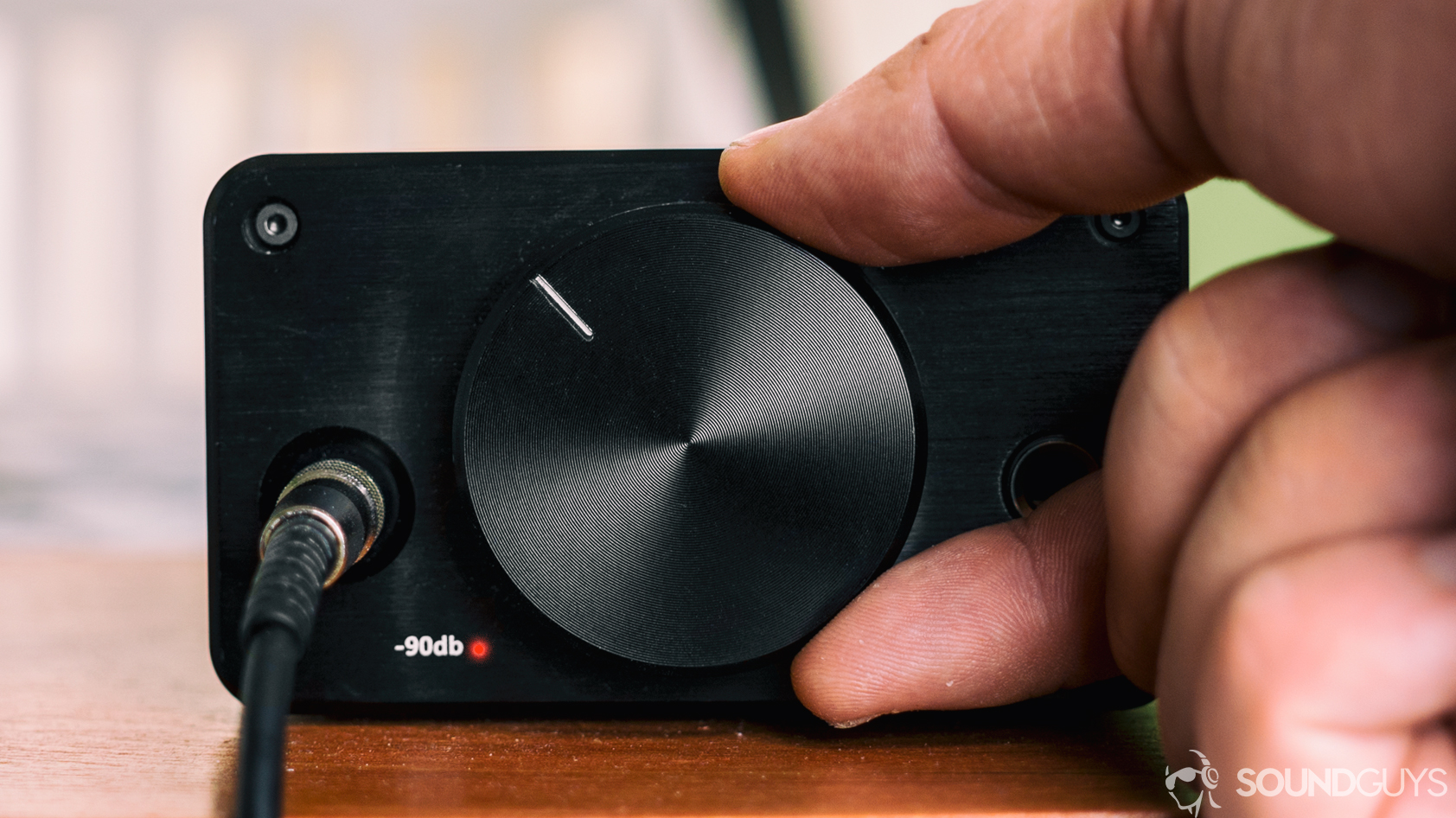
Because the large, flat diaphragm moves in unison and is well controlled, some issues with the moving coil design that cause distortion are avoided.
Electrostatic drivers
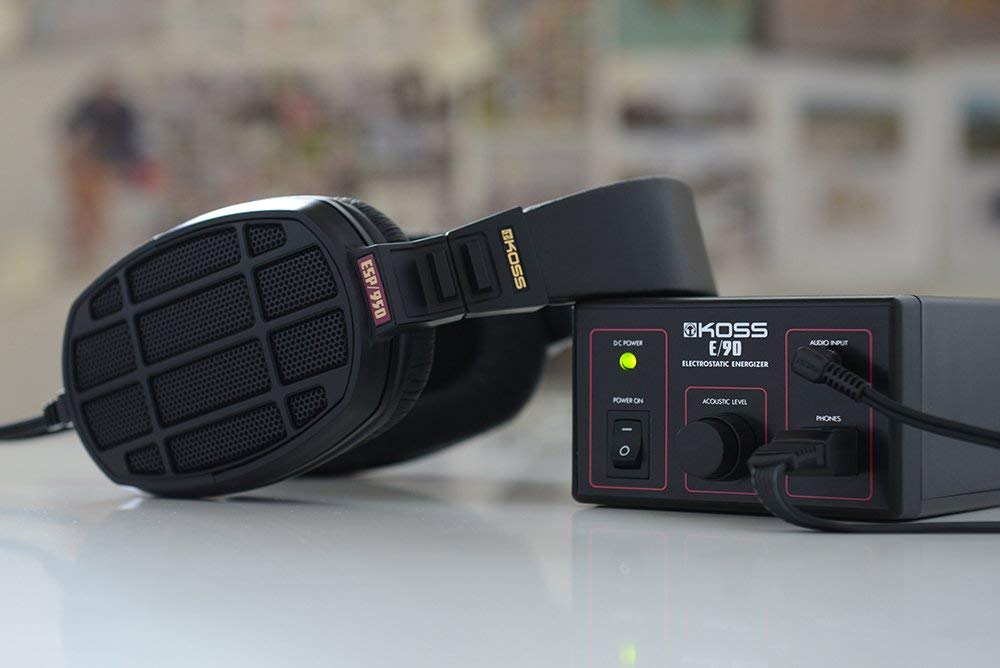
- Expensive
- Specialized amplifier required
- Bulky and heavy headphones
Electrostatics operate on a completely different principle than the conventional dynamic technologies discussed. They work by applying a static electrical charge to a thin film that floats between two perforated metal plates; when audio signals are applied across the plates, the entire film membrane moves back and forth due to electrical attraction and repulsion. It’s the same principle as condenser microphones use to capture sounds but in reverse.
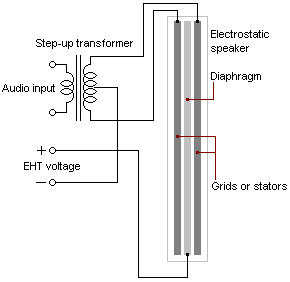
Headphones that use electrostatic drivers are much more expensive than your standard dynamic driver and require a specialized amplifier, increasing the overall cost.
How do electrostatic drivers affect my music?
Because the thin film diaphragm has no resonances or energy storage, it is free of the distortion inherent in moving coil speakers. While this accuracy is much sought after, it’s unrealistic to produce on a grand scale for general consumers. The sheer expense and the fact that they require bespoke amplifiers to even work means that these are the domain of enthusiasts only.
Balanced armature drivers
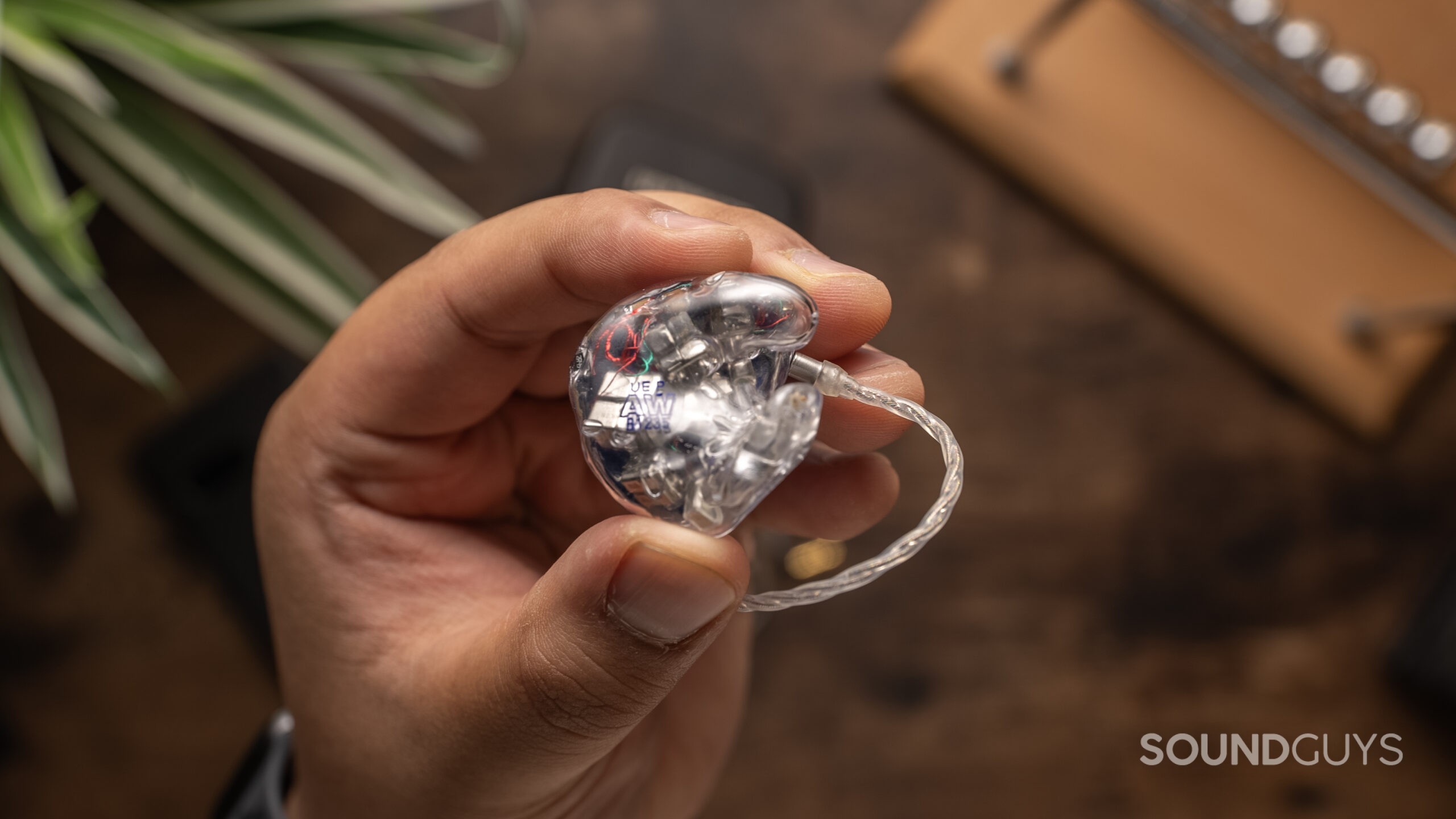
- Smaller and more efficient than dynamic drivers
- Excellent treble response
- Can delegate a range of frequencies to each driver (in multiple BA IEM)
- More expensive than dynamic drivers
Balanced armature drivers (“BA”s) are much smaller than the other driver types, and their main application is in-ear monitors (IEMs) and hearing aids. These incorporate a magnetic armature that rests on a pivot and rotates between two magnets. When it’s centered within the magnetic field, the armature has no net force acting on it.
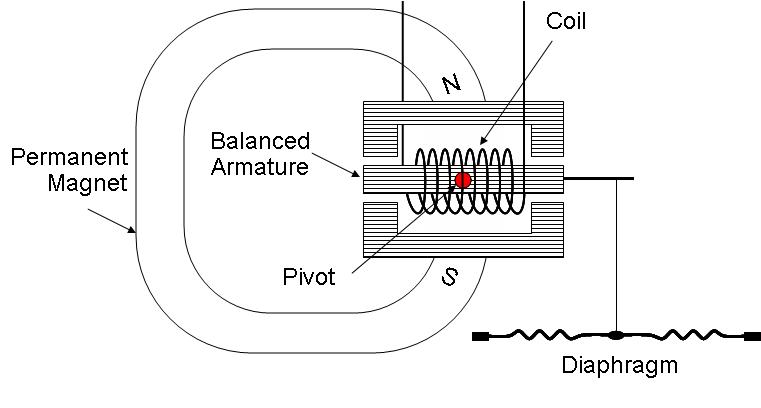
When an electric current is sent through the coil wrapped around the armature, the magnetic force makes the armature move. This motion causes the attached diaphragm to move and create sound waves.
How do balanced armature drivers affect my music?
Because they’re so small, it’s possible for headphones, like the 1MORE Triple-Driver In-ear, to use multiple armature drivers. Doing so delegates a specific range of frequencies to each armature— an individual driver will usually handle bass notes, and the rest will be handled by one to three others, allowing drivers tailored to each frequency band to be used. Another example, the UE Pro PREMIER takes this concept to the extreme, with 21 BA drivers packed into each of custom-molded IEM.
MEMS drivers
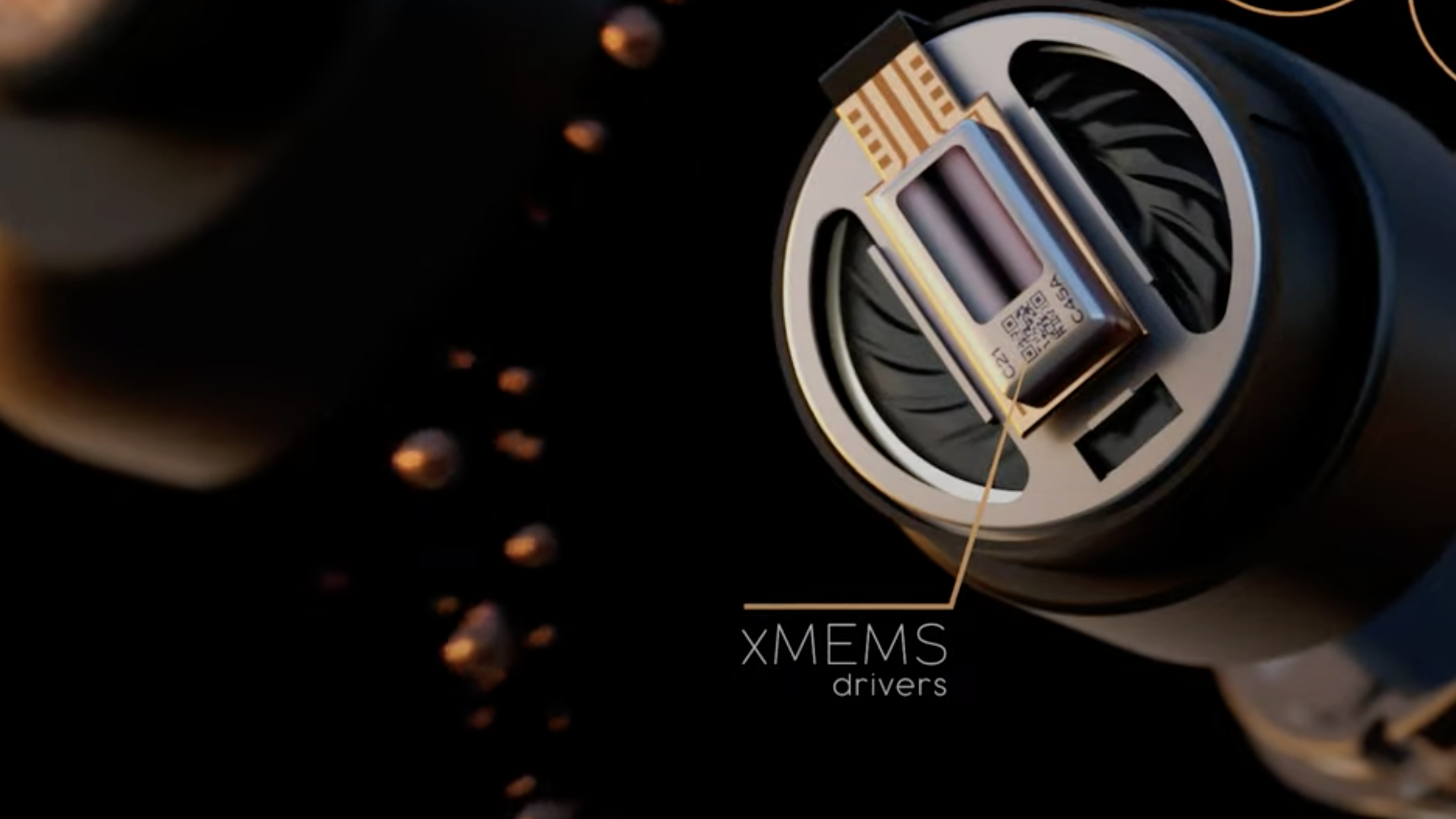
- Tiny (<1mm thickness)
- Lightweight
- Very robust
- Needs special circuitry to drive
Microelectromechanical systems (MEMS) combine microelectronic circuitry with micrometer-sized mechanical components. MEMS speakers, sometimes called solid-state drivers, use the piezoelectric effect for their motor actuation. This effect exploits a property of certain materials to become electrically polarized under strain and stress.
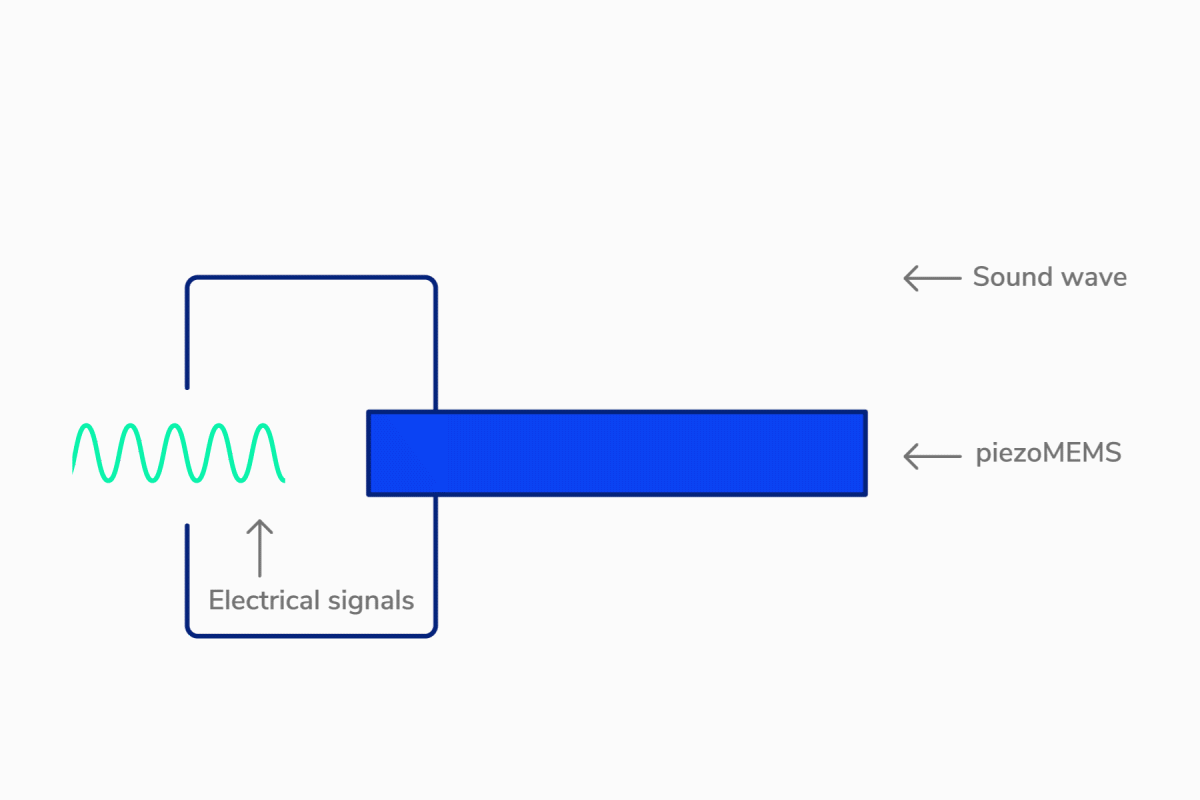
For a piezo MEMS speaker to create mechanical energy (motion), cantilevers are created by applying a voltage generated between electrodes to a piezoelectric crystal layer, causing it to change shape. This layer is mounted to a substrate like a silicon plate, so as the top layer contracts, both layers bend upwards. MEMS loudspeakers use a spring-like structure that incorporates multiple bending cantilevers to move a central mass called a piston, creating movement. A diaphragm is driven by the piezo, making it like a traditional loudspeaker but with a MEMS motor structure.
How do MEMS drivers affect my music?
The faster mechanical response — 150 times faster than current technology — means a flat frequency response, better phase response, and lower distortion due to the diaphragm’s material characteristics. Because MEMS speakers are inherently more efficient at high frequencies (potentially extending up to 80kHz), they can easily meet Japan Audio Society’s high-res audio certification, for example.
Given their novelty, it will be a while before many popular products have MEMS drivers in them. The ones that do, will likely be using them as a tweeter while a more traditional dynamic driver handles the lower frequencies. Full-range drivers are in the works, but it may be some time before they hit shelves.
What is ultrasonic amplitude modulation?
xMEMS’ ultrasonic amplitude modulation is an innovation of MEMS speaker technology that turns ultrasonic (very high-frequency sound) waves we can’t hear into full-frequency audio we can listen to — in a highly efficient way. We cover that in more detail in our dedicated MEMS speaker explainer.
Which driver type is the best?
As with all things, you have to make a cost-benefit analysis. Sure, you could say that electrostatic drivers are the “best,” but that would be a gross oversimplification. Dynamic drivers make the most sense since most of us operate within constrained budgets and don’t need the most accurate response. They’re cost-effective and pretty robust. Whether you want something cheap and functional or precise and analytical, dynamic drivers have you covered.

Of course, if audio is your passion and you can pursue that passion, planar magnetic, electrostatic, and balanced armature-driven headphones or earbuds are worthy of potential upgrades. Although these driver types require a bit more shopping around, plenty of options exist. As the Monoprice Monolith M1570C demonstrates, planar magnetic headphones don’t have to set you back thousands of dollars.
Thank you for being part of our community. Read our Comment Policy before posting.